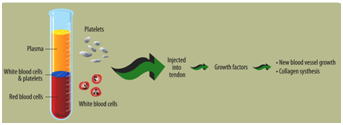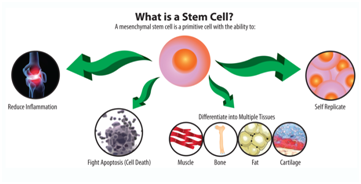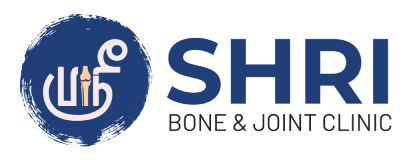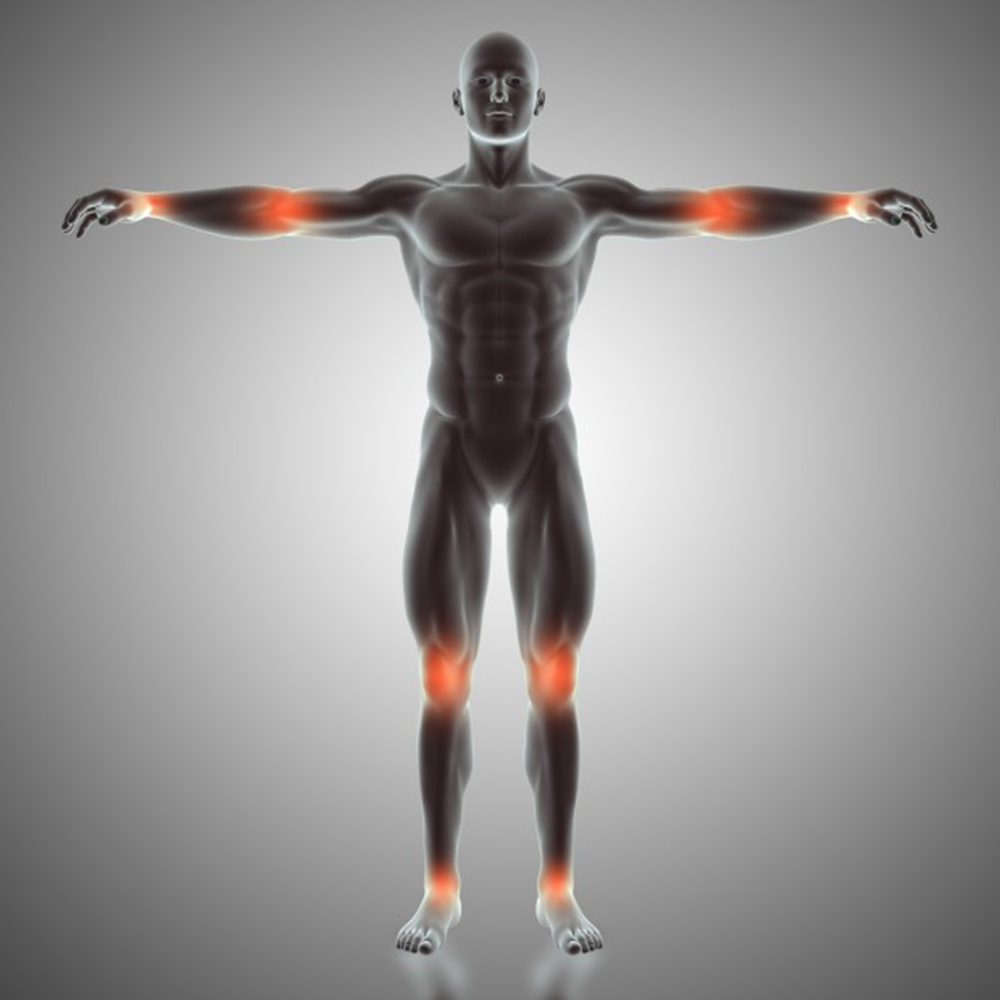PRP
Benefits if you have
- Tendonitis / Tendonosis
- Chronic Sprains and Strains
- Osteoarthritis
- Rotator Cuff Partial Tears
- Bursitis
- Whiplash Injuries
- Plantar Fasciitis

Blood is made up of four main components
- Plasma, which is mostly water and acts primarily as a conduit for the other three components
- Red blood cells, which carry oxygen to the body’s tissue and remove carbon dioxide
- White blood cells, which help the body fight infection
- Platelets, which promote healing by helping the blood to clot
Platelets promote clotting through the collection and release of growth factors, which aide in tissue regeneration.
In PRP Therapy, a sample of a patient’s own blood is drawn and spun down to collect only the platelets and white blood cells from the sample. The result is a highly concentrated dose of platelets, which are then injected directly into the injury site to promote inflammation and speed the healing process.
Stem cells
Benefits if you have
- Avascular Necrosis
- Bone Loss
- Cartilage Defects
- Degenerative Joint Changes, Including
- Osteoarthritis
- Disc-related Back Pain
- Meniscus Tears
- Non-Union Fractures
- Osteonecrosis
- Tendonopathies

Most cells in the human body have an assigned purpose. They are liver cells, fat cells, bone cells, and so on. These cells can replicate more of their own kind of cell, but they cannot differentiate into another kind of cell.
Stem cells are the primitive cells from which all other cells developed. They are undifferentiated cells with the ability not only to self-replicate but to specialize to become different types of human cells. There are several types of stem cells, but the kinds used in orthopedic stem cell therapy are called mesenchymal stem cells (MSCs).
An MSC is a cell with strong potential for tissue repair because it can:
- Self-replicate
- Reduce inflammation
- Combat cell death
- Differentiate into more than one specialized cell of the body (including bone cells, muscle cells, cartilage cells, and fat cells)
In medical research, tissues such as muscles, cartilage, tendons, ligaments, and vertebral discs have shown some capacity for self-repair. As a result, tissue engineering and the use of mesenchymal cells and/or bio-active molecules such as growth factors are being tested and studied to determine the role they can play in tissue regeneration and tissue repair.
Mesenchymal stem cells (MSCs) are adult stem cells that can be found in bone marrow. We perform autologous stem cell therapy, which means that the stem cells used in your treatment are taken from your own body, not from a donor. Using your own stem cells for the procedure helps reduce your risk of infection and eliminate the possibility of immune rejection.
In an autologous stem cell procedure, your physician will draw a sample of bone marrow from the iliac crest of your hip. The sample is then filtered and concentrated in a sterile environment, then injected into the area of your body that you are trying to heal. The idea behind orthopedic stem cell therapy is that the injection of these concentrated regenerative cells at an area of your body experiencing degeneration will kick-start your body’s ability to heal itself. These injections can be given independently of or in conjunction with an orthopedic surgical procedure.
- Articular Cartilage – Damage to the articular cartilage following an injury has the poor potential for repair and can lead to arthritic changes many years after injury. Recent studies have shown favorable outcomes and better knee scores at 2 years follow up for bone marrow-derived mesenchymal cells compared to current techniques of microfracture and autologous chondrocyte implantation.
- Bone – Trauma and some pathological conditions can lead to extensive bone loss, which requires transplantation of bone and other bone substitutes to restore structural integrity. A large number of studies have shown great potential for mesenchymal cells to repair critically sized bone defects, noting better bone growth and more robust bone formation than controlled groups.
- Tendons and Ligaments – Injuries to tendons and ligaments heal by forming inferior quality tissue. Autografts, allografts, and resorbable materials have been used to repair defects in tendons and ligaments, but these carry risks including donor site morbidity, scar formation, and tissue rejection. A number of studies on the use of mesenchymal stem cells to improve the repair of tendons and tendon defects have been carried out with favorable results when measured in histology and tissue strength. The use of mesenchymal cells with tissue allografts enhances the graft and improves the biomechanical properties compared to control studies.
- Meniscus – Most tears of the meniscus occur in avascular zones with little or no potential for repair. Standard biological healing processes produce limited results and meniscectomy (removal of all or part of the torn meniscus) has been shown to have a strong association with subsequent development of osteoarthritis. Recently, studies have shown that self-paced therapy including mesenchymal stem cells demonstrates biological healing and adherence of meniscal tears in avascular zones.
- Osteonecrosis – Osteonecrosis or avascular ischemia of the hip can be associated with progression to an advanced arthritic joint. Standard treatment for osteonecrosis has included cord decompression with limited results. Studies report improvement in hip scores in patients treated with mesenchymal stem cells and cord decompression versus cord decompression alone.
Joint Injections
Steroid Injections
Steroid injections (or corticosteroid injections) work to reduce swelling and inflammation in the joint. They are commonly used in the knee, hip, and shoulder to relieve pain and swelling, but can also be used to treat pain in other joints including the elbow, wrist, and ankle.
There are benefits and drawbacks to steroid injections, including:
- Fast Relief – Steroid injections typically offer relief within 24-48 hours of the injection.
- Short-Term Relief – Pain relief from a steroid injection can last from 6-12 weeks.
- Limitations on Repeat Use – Steroid injections are often most effective the first time, with subsequent injections losing their efficacy. These injections also cannot be given too frequently without a risk of weakening the surrounding structures of the joint.
Hyaluronic Acid Injections / Viscosupplementation
Hyaluronic acid is a natural lubricating component in the lining of your joints. However, as we age, our bodies produce this substance at a lower quantity and quality. In patients suffering from osteoarthritis, the hyaluronic acid thins even further, causing friction and pain as the joint operates.
Hyaluronic acid injections also referred to as viscosupplementation, inject this substance back into the painful joint, coating and lubricating it to reduce friction and pain and increase the range of motion.
Currently, the FDA has only approved viscosupplementation for use on the knee, but there is evidence to support its use in the hip and shoulder as well. These injections can be given safely if steroid injections have proven ineffective.
Better Health Care is Our Mission
Phone
Shri Bone & Joint clinic
#1, 2nd Main Road
Nehru Nagar
Adyar
Chennai - 20.
Phone: 044 3549 0206
MGM Healthcare
No.72,
Nelson Manickam Road,
Collectorate Colony, Aminjikarai,
Chennai - 600029.
Phone: 044 4524 2424


